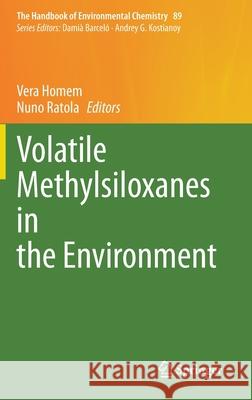Volatile Methylsiloxanes in the Environment » książka
topmenu
Volatile Methylsiloxanes in the Environment
ISBN-13: 9783030501341 / Angielski / Twarda / 2020 / 320 str.
Volatile Methylsiloxanes in the Environment
ISBN-13: 9783030501341 / Angielski / Twarda / 2020 / 320 str.
cena 1533,32 zł
(netto: 1460,30 VAT: 5%)
Najniższa cena z 30 dni: 1465,09 zł
(netto: 1460,30 VAT: 5%)
Najniższa cena z 30 dni: 1465,09 zł
Termin realizacji zamówienia:
ok. 22 dni roboczych
Bez gwarancji dostawy przed świętami
ok. 22 dni roboczych
Bez gwarancji dostawy przed świętami
Darmowa dostawa!
Kategorie:
Kategorie BISAC:
Wydawca:
Springer
Seria wydawnicza:
Język:
Angielski
ISBN-13:
9783030501341
Rok wydania:
2020
Wydanie:
2020
Numer serii:
000177320
Ilość stron:
320
Waga:
0.64 kg
Wymiary:
23.39 x 15.6 x 1.91
Oprawa:
Twarda
Wolumenów:
01
Dodatkowe informacje:
Wydanie ilustrowane











